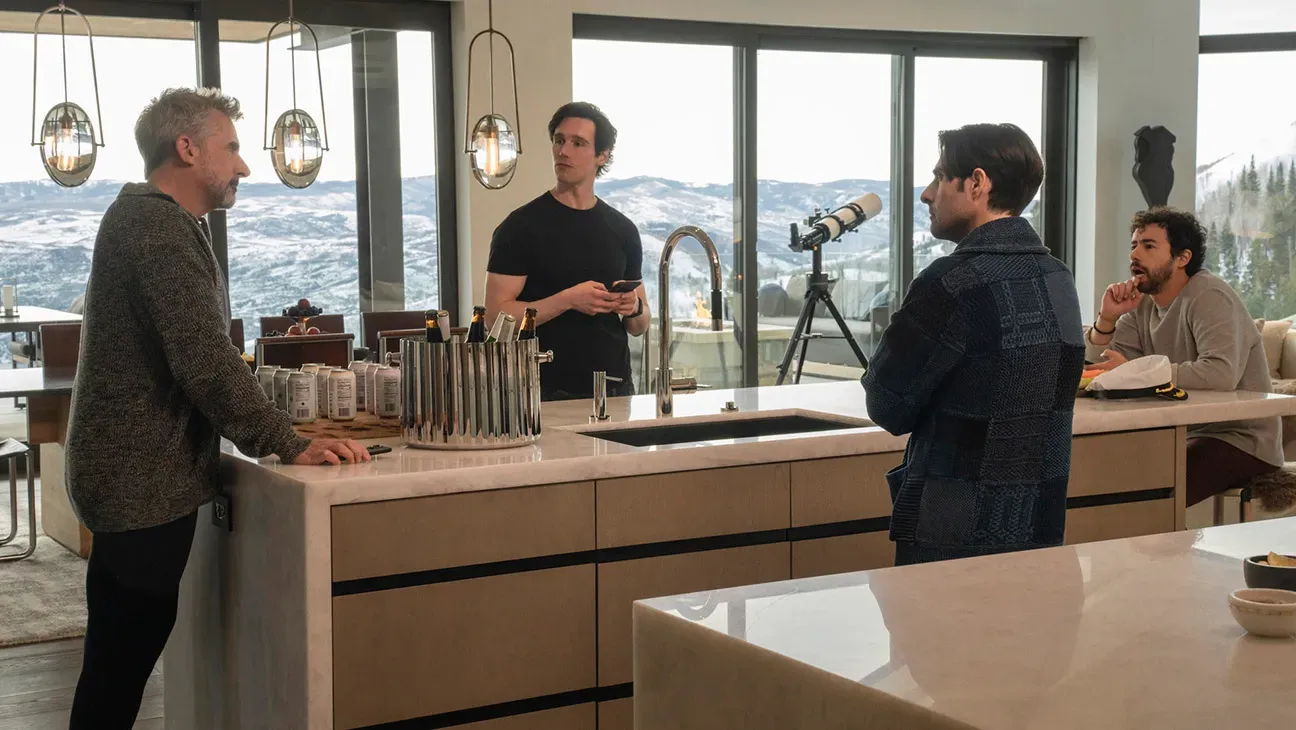
The Best Foreign Films of all Time
- Feb 10, 2023
Foreign films serve as a source of informative, cultural, and, insightful viewing experiences. Below we list our favorite foreign films that are worth the watch.
See Also: What to Watch When You’re Feeling Romantic
M (1931)
The first foreign film, Fritz Lang's first sound production, and the film he personally valued above all others. It combines the fanciful expressionist methods of the filmmaker's epic silents like Metropolis with a terrifyingly realistic story of a child-murdering maniac. Its influence can be felt all the way up to our own Sevens and Saws. Unlike Jigsaw, the monstrous Hans Beckert is not a cheer-on villain: first shown as a threatening shadow on the wall. The character is gradually and precisely brought into focus until he himself becomes a victim. He is hunted down and dragged before a kangaroo court, where the moral divide all but disappears. This politically charged masterpiece reflected German fans' enthusiasm for the newly formed Nazi party back on itself. Its enduring lessons (for both cinema and society) are as global as they are local.
Rules of the Game (1939)
"This is not a comedy of manners," declares a title card at the start of Jean Renoir's masterpiece. This statement is only half correct. Though officially a country-estate farce, this tale of the idle rich in France is far more than a satire. Renoir provides a sly commentary on old-world Europe, a cri de coeur at the hypocrisy of class pretensions, and eventually, a rich, gratifying work of art that's equal parts cynicism and pity, all while mocking the bourgeoisie as they negotiate amorous minefields. Everyone has their own reasons for appreciating this exquisite satire of the entitled, which completely altered the norms of cinema.
Kingsley-International Pictures provided the image.
Three Samurai (1954)
Bandits have taken over a peaceful Japanese village. The villagers employ a septet of warriors to protect them. Isn't it simple? Nonetheless, Akira Kurosawa's game-changing chanbara transforms that simple notion into one of the best, grandest action pictures of all time. This sword-fighting spectacle not only provided future filmmakers with a very adaptable plot (it's been used in films ranging from The Magnificent Seven to A Bug's Life).
Sansho the Bailiff (1954)
"Man is like a beast without mercy," a caring parent says in Kenji Mizoguchi's moving tragedy. The Japanese director has spent his career demonstrating how kindness must fight to survive in a cruel world. Here he transforms a folklore fable into a quietly epic struggle of against-all-odds endurance. A mother is separated from her son and daughter, who are sold to the title character, a notoriously brutal government official. Years pass and the now-adult children have lost up hope of ever seeing their mother again…until an overheard ballad inspires hope. Every one of Mizoguchi's distinctive camera moves and lyrical scenes lays the ground for an unimaginably heartbreaking and indisputably beautiful climax; the way he elicits emotions from viewers without resorting to sentiment affirms his standing as a peerless melodramatist.
Breathless (1960)
Jean-Luc Godard was one of the first filmmakers to embrace the notion that style can be substance. Breathless is the late French troublemaker's most successful and enduring foreign film, and its legacy owes itself to an easy cool that can't be imitated or duplicated. The nouvelle vague had already begun by the time Godard's Breathless appeared, but with his unorthodox jump cuts, spontaneous dialogue, and a score fusing classical music and French pop, Godard completely codified it. The plot revolves around a low-level burglar who marries an American newspaper girl after being suspected of murdering a police officer.






